Even according to official data, 32.6 per cent of people in Turkey are poor
According to TURKSTAT data, 32.6 per cent of individuals were at risk of poverty or social exclusion in 2022.
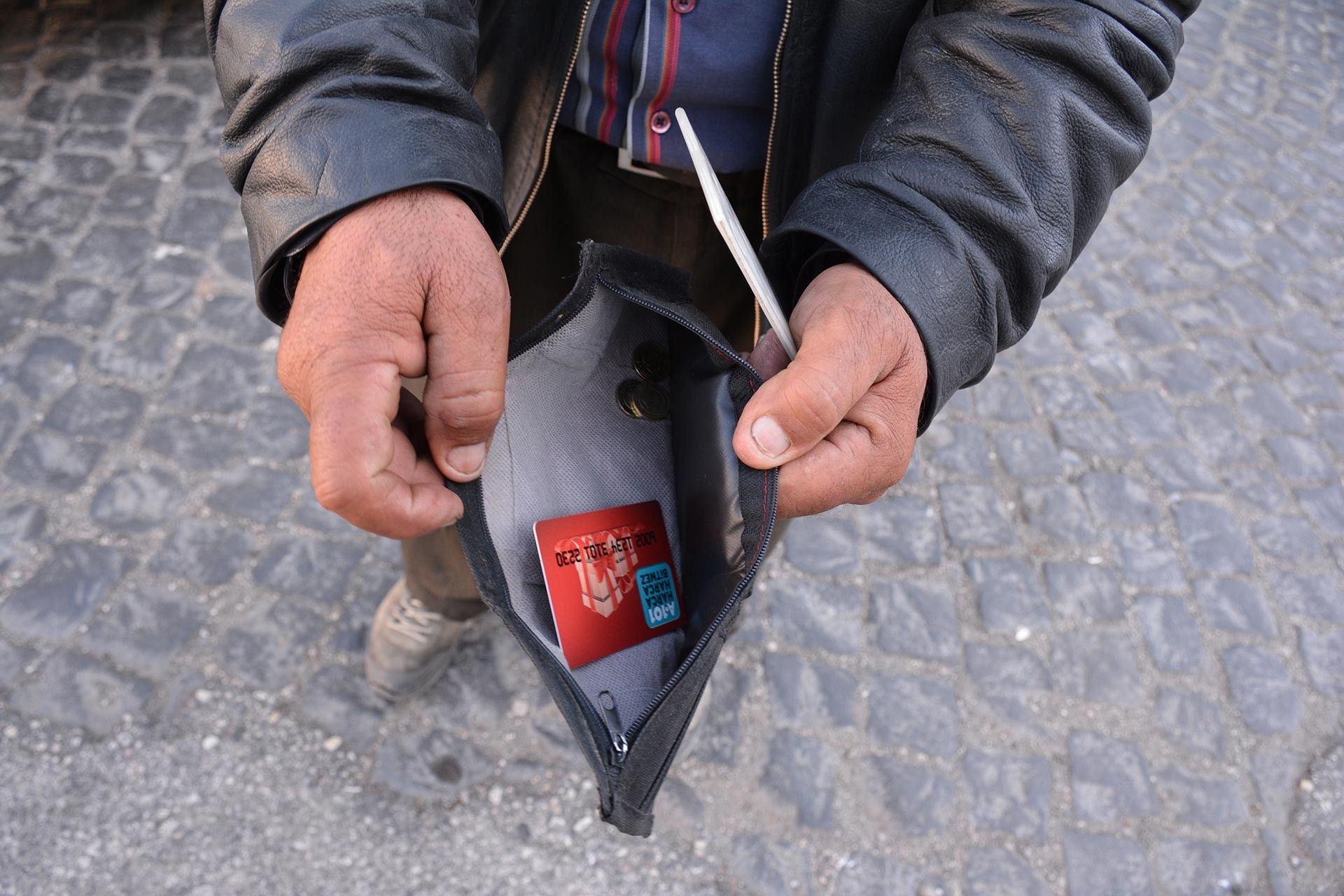
İzzet İpek'in cüzdanı | Fotoğraf: Fırat Topal/Evrensel
Turkish Statistical Institute's (TURKSTAT) 2022 data shows that, 32.6 per cent of individuals were at risk of poverty or social exclusion. When this rate was analysed by age groups; it was estimated as 42.7 percent in the 0-17 age group, 30.2 percent in the 18-64 age group and 20.5 percent in the 65+ age group.
According to the poverty line determined by taking into account 50 per cent of the equivalent household disposable individual median income, the poverty rate remained at the same level in 2022 and became 14.4 per cent. The poverty rate calculated according to the poverty line determined by considering 60 per cent of the median income increased by 0.3 points in the last year and became 21.6 per cent.
According to the poverty line calculated by considering 40 per cent of the median income of equivalent households, the poverty rate decreased by 0.9 percentage points compared to the previous year and became 7.6 per cent. The poverty rate calculated according to the poverty line based on 70 per cent of the median income was 29.3 per cent with an increase of 0.6 percentage points compared to the previous year.
27.7 PER CENT OF ILLITERATES AND 2.6 PER CENT OF HIGHER EDUCATION GRADUATES ARE POOR
According to the poverty rate calculated by taking into account 50% of the median income of equivalent households, 27.7% of illiterate individuals, 24.4% of those who did not complete school, 13.8% of those with less than high school education, and 7.8% of high school and equivalent school graduates were calculated as poor. Higher education graduates had the lowest poverty rate with 2.6%.
FINANCIAL AND SOCIAL DEPRIVATION RATE WAS 16.6
The definition of financial deprivation published in previous years has been revised by Eurostat and social deprivation criteria have been included in the definition.
The variables questioned at the household level in the calculation of the financial and social deprivation rate are; car ownership, being able to make economically unexpected expenditures, being able to cover the cost of a one-week holiday away from home, being able to pay rent, housing loan and interest-bearing debts, being able to eat a meal containing meat, chicken, fish every two days, being able to meet the heating needs of the house and being able to replace newly added furniture when it becomes old. Ownership of washing machine, colour television and telephone, which were included in the definition of financial deprivation in previous years, have been excluded from the new definition.
The newly added variables at the individual level for this rate are as follows: being able to replace worn-out clothes with new ones, having two pairs of decent shoes, being able to meet with acquaintances at least once a month, being able to participate in paid leisure time activities, being able to spend some money to feel good about oneself and having internet for personal use.
The rate of financial and social deprivation, which is defined as the rate of those who cannot meet at least seven of the thirteen items mentioned above; While it was 18.1% in 2021, it was estimated as 16.6% in the survey results of 2022, decreasing by 1.5 points.
PERSISTENT POVERTY RATE WAS 14.0 PER CENT
The persistent poverty rate, which is calculated using four-year panel data, includes individuals who were poor at 60% of the median household disposable income in the last year and at least two of the previous three years. According to the survey results for 2022, the persistent poverty rate increased by 0.2 points compared to the previous year and became 14.0%.
ONE-PERSON HOUSEHOLDS HAD THE LOWEST POVERTY RATE
Looking at the poverty rates calculated by taking into account 50 per cent of the equivalent household disposable individual median income by household type; the poverty rate of one-person households increased by 1.0 point compared to the previous year and became 7.5 per cent, while the poverty rate of households consisting of more than one person without nuclear family increased by 2.6 points and became 11.7 per cent. The poverty rate of households consisting of at least one nuclear family and other persons increased by 1.1 points to 19.6 per cent, while the poverty rate of households consisting of a single nuclear family decreased by 0.3 points to 13.9 per cent.
THE PROPORTION OF THOSE LIVING IN A HOUSE OF THEIR OWN WAS 56.7 PER CENT
The proportion of those who own a dwelling decreased by 0.8 percentage points compared to the previous year and was calculated as 56.7 percent in 2022, while the proportion of those living in rented accommodation was 27.2 percent, the proportion of those living in lodgings was 1.1 percent, and the proportion of those who do not live in their own dwelling and do not pay rent was 15.1 percent. (EVRENSEL DAILY)


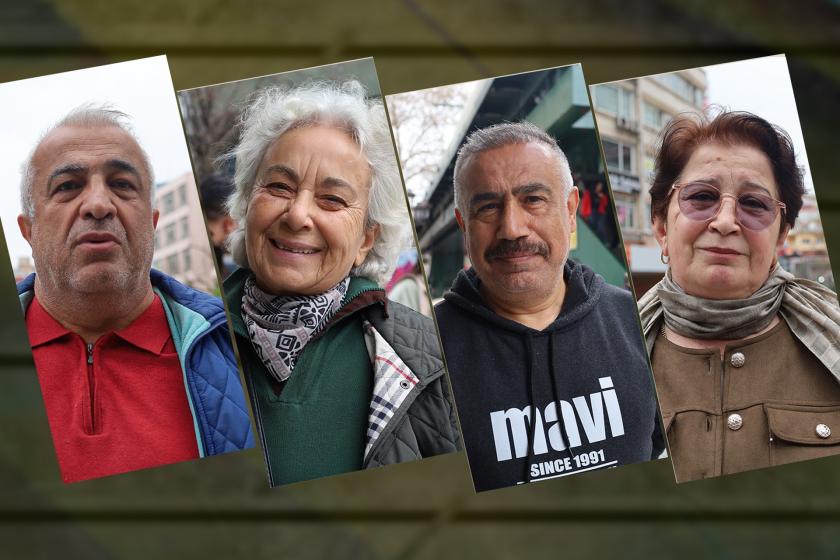
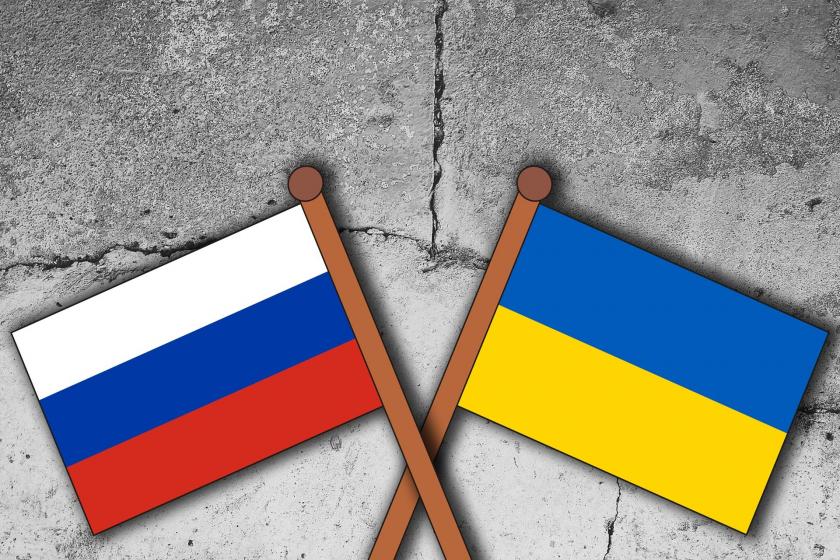
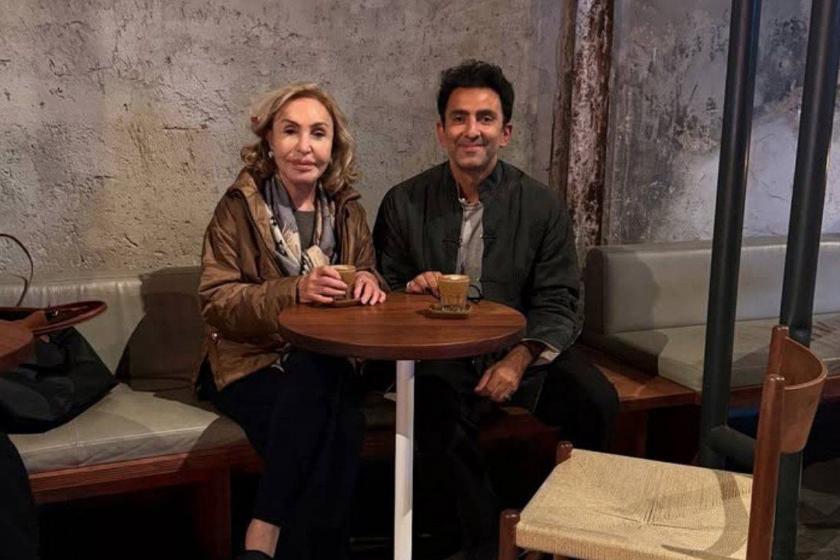
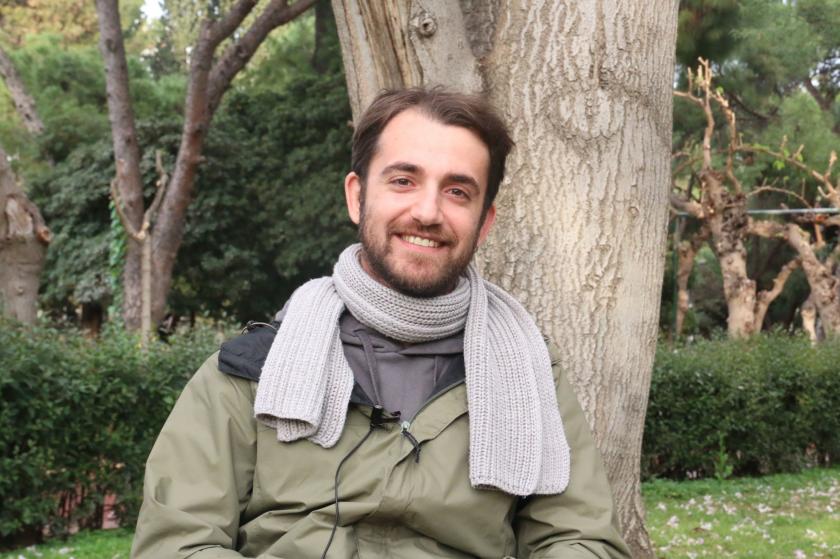

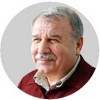





Evrensel'i Takip Et